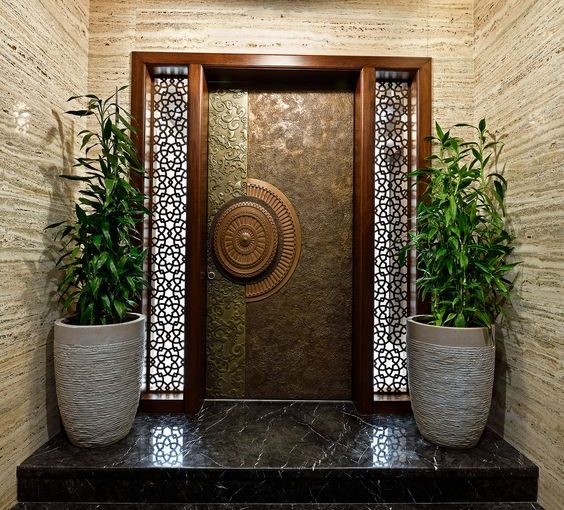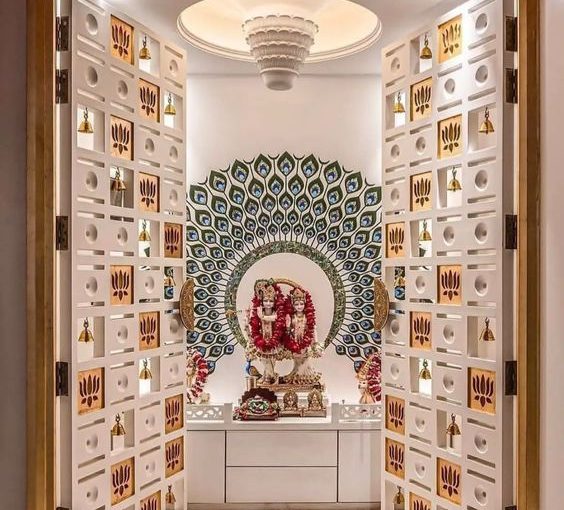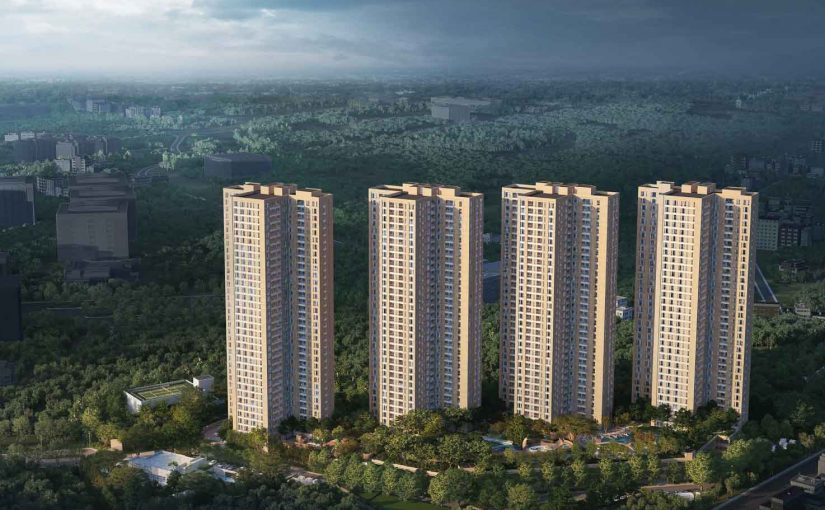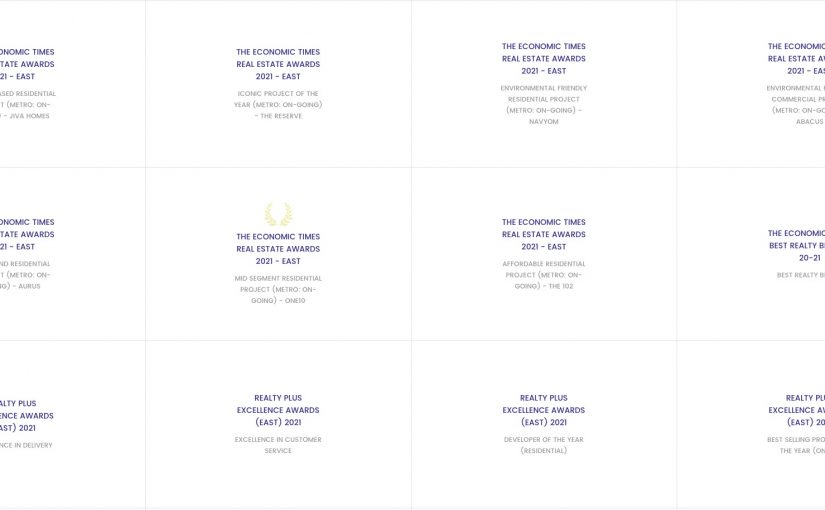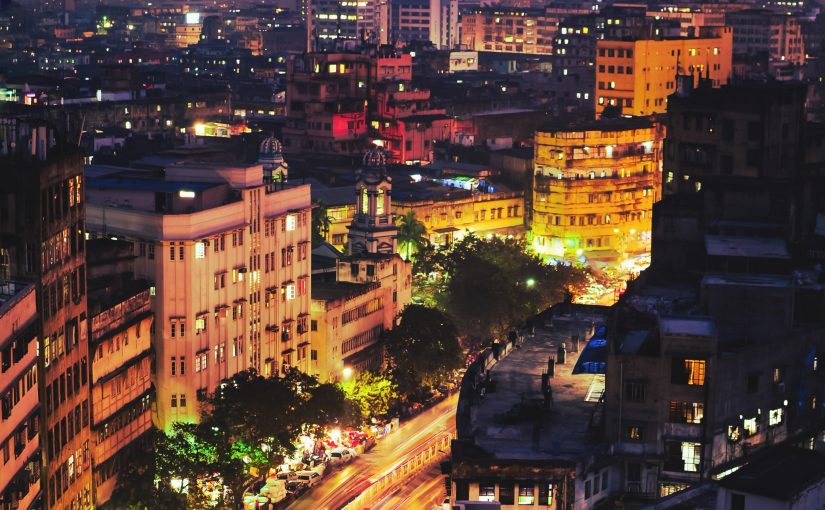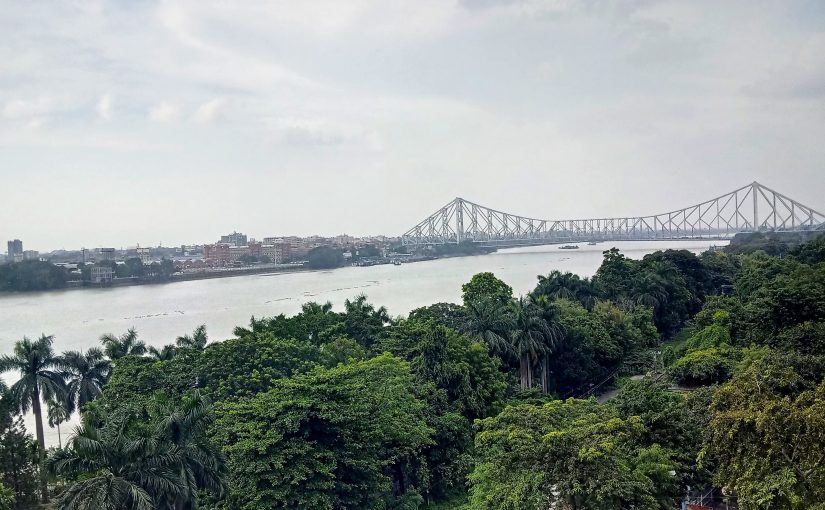By
|
Getting your Trinity Audio player ready...
|
Indian real estate is a lucrative, yet highly regulated asset class. For homebuyers and investors alike, one such criterion of consideration is the computation and collection of property tax. To put it simply, property tax in the context of Indian real estate is the amount charged by the government on all real estate that an individual owns. This real estate can include residential homes, office buildings as well as property that is rented out to a third party.
This tax is paid to the municipal corporation or local government and is due on an annual basis. Property tax is used to develop the infrastructure of the city where the property resides. This infrastructure includes the development of roads, railways, water and electricity supply, etc. All things that make a city more liveable.
History of Property Tax for Real Estate in Kolkata
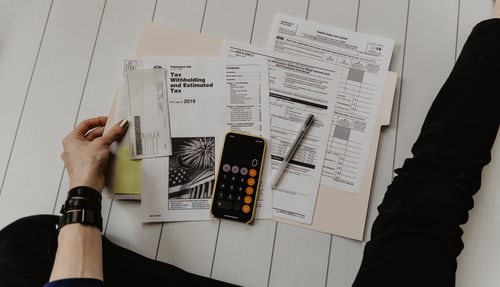
Within the larger ecosystem of Indian real estate, in the case of Kolkata, the property tax is managed by the Kolkata Municipal Corporation (KMC) which is also responsible for the development of infrastructure in the city. Generally, the municipal body is responsible for assessing the property tax for each homeowner.
The KMC used to calculate the property tax for each homeowner using the Annual Rateable Value (ARV) method. However, anyone who’s ever invested in Indian real estate will agree that this method was complex and it led to an ambiguous system of tax where the taxpayer had to rely on KMC’s calculation to pay their tax. This made the whole process murky and confusing.
In 2016, the KMC passed the Kolkata Municipal Corporation (Amendment) Bill to streamline property tax assessment in the city. This Act empowers home owners to assess the annual property tax for their real estate in Kolkata themselves. And now the tax is calculated using a simpler and more transparent method – Unit Area Assessment (UAA).
Key Features of UAA
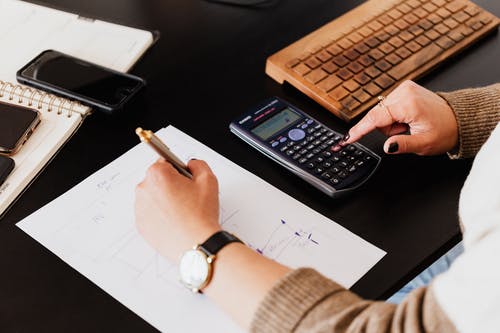
The UAA came into force in March 2017 with the aim to simplify the property tax computation in the city. Under this scheme, the city was divided into 293 blocks. These blocks were further segregated into 7 categories – A, B, C, D, E, F, and G.
Each category was assigned a Base Unit Area Value or a BUAV. The BUAV assigns a value to each square foot of the category. This is based on the market value of the properties and the quality of facilities and infrastructure present within the blocks. Since these categories are spread all over the city, the BUAV is not connected to the geographical location of any property, rather to the property value itself. Category ‘A’ has the highest BUAV and category ‘G’ has the lowest BUAV. This categorization is similar to the newer methods of categorization followed in Indian real estate across the country.
Thus, the real estate at Kolkata that comes under category G includes bastis, slums, Thika-tenant areas, and similar properties regardless of their location in the city. This is done to reduce the tax burden on the economically weaker sections of society. Similarly, all Refugee Rehabilitation colonies and settlements are categorized as E category regardless of their location in the city.
This kind of categorization ensures that all real estate in Kolkata falling under a particular block is taxed uniformly, regardless of where they are.
Multiplicative Factors System

The Multiplicative Factors System or MFs is another important part of the property tax structure in Kolkata. MFs have to do with each individual property in the city, rather than just the area they are located in.
In MFs the following factors are considered across properties in Kolkata – use of the property, location of the property, age of the property, type of structure, and nature of occupancy. Depending on these factors, the properties are assessed, and then a flat rate between 6% and 20% is charged. Thus, a premium property will be charged a higher flat rate than a cheaper property.
The rates of MFs under the UAA are much lower than the rates under the previously applied ARV system which varied from 11% to 40%. Thus, this is a boon for new property owners.
Self-Calculation of Property Tax
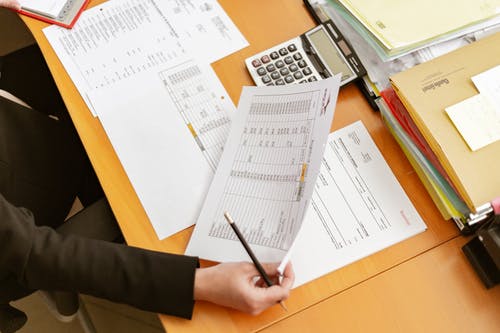
The UAA allows for homeowners to assess their own property tax unlike under the ARV system where it was calculated by assessment inspectors.
The following formula is applied to calculate property tax on real estate in Kolkata:
[Annual Tax] = [BUAV] x [Covered Space/Land Area] x [Location MF Value] x [Usage MF Value] x [Age of Property MF Value] x [Type of Structure MF Value] x [Occupancy MF Value] x [Rate of Tax]
The BUAV and MF rates can be found on the official KMC website.
Steps to pay property tax online in Kolkata
The magic of the internet has made the payment of property tax in Kolkata even easier! Now one can simply log on to the KMC website and complete all formalities required. The following are the steps to pay property tax online in Kolkata.
- Go to the KMC website at www.kmcgov.in.
- Under the ‘Online Services’ click on the ‘Assessment Collection’ option.
- On the assessment page, click on ‘Make Online Payment’.
- Upon clicking ‘Make Online Payment’, three options will appear:
a) Current PD – These are periodic Demand Bills that are issued annually and are based on the last valuation of the property.
b) Outstanding LOI – An Outstanding Letter of Intimation is for any unpaid bills (PD or Fresh-Supplementary).
c) Fresh-Supplementary – Fresh-Supplementary bills are issued when the value of the property is either evaluated for the first time (Fresh) or when it is adjusted after a hearing (Supplementary). - Click on the desired option and fill in details of the assessee number, email id, and contact number.
- Pay the amount displayed and collect the e-receipt. In case you forget to collect the receipt you can reprint it again at a later date.
Conclusion
The new property tax system in Kolkata has greatly simplified Indian real estate laws and the process of paying property tax. Not only has the new act demystified the process for the common homeowner, but it has also put the power of assessing their own tax in their hands. Online payment of tax has made it easier than ever before to pay the tax and avoid default. It is also a time-saving and energy-saving endeavor. These measures by the Kolkata authorities are making it easier for people to buy a property and become new homeowners in the city of joy. We hope this explainer helped you by making the process of paying property tax in Kolkata easier to understand.
You may also like to read top real estate in india: Important documents and hot properties in Kolkata
Stamp duty is compulsory, but its calculation differs state to state depending upon the federal or municipality laws. Stamp duty is charged upon the agreement value. This can be based on carpet area or on built up area.
In Kolkata, stamp duty is based on the market value of the property as well as the area of the property. According to the website of the Directorate of Registration and Stamp Revenue Finance Department of the Government of West Bengal, one has to pay 6% stamp duty and 1% registration charges for a property valued at less than Rs 25 lakh and at 7% stamp duty and 1.1% registration charges for properties priced at more than Rs 25 lakh.
Purchase of property in India falls under The Real Estate (Regulation and Development) Act, 2016 or RERA. The Act and the body under it, the Real Estate Regulatory Authority (also called RERA) governs the development, marketing and sale of real estate projects. It was established with the aim to protect the interests of buyers in the real estate sector. It established a mechanism for speedy dispute redressal through the Real Estate Regulatory Authority and the Appellate Tribunal. It also mandates the compulsory registration of projects and key players in the real estate sector.
The biggest impact that RERA has had has been to standardise and simplify the purchase of property across the country. It also made registration of all property compulsory under a regulatory authority.
Yes, according to RERA, toilet area is included in carpet area of a property. The Act states that carpet area is defined as ‘the net usable floor area of an apartment, excluding the area covered by the external walls, areas under services shafts, exclusive balcony or verandah area and exclusive open terrace area, but includes the area covered by the internal partition walls of the apartment’.
Since toilet area is included in net usable floor area and is covered by internal partition walls of the apartment, it is included in the carpet area. The walls of the toilets will be included in the carpet area as well.
FSI stands for Floor Space Index and is calculated as the ratio of the total built up area to the total area of the plot. It is calculated by local municipal corporations to provide ideal living conditions for residents of an area while keeping in mind the area’s population density and availability of open spaces.
Since a terrace is not a built up area, it is not included in FSI if it is less than 1.5m wide. It is considered an open area. Terraces bigger than 1.5m in width however, are included in FSI. Any staircases on the terrace are also included in FSI since they are built up.
Leave a comment


